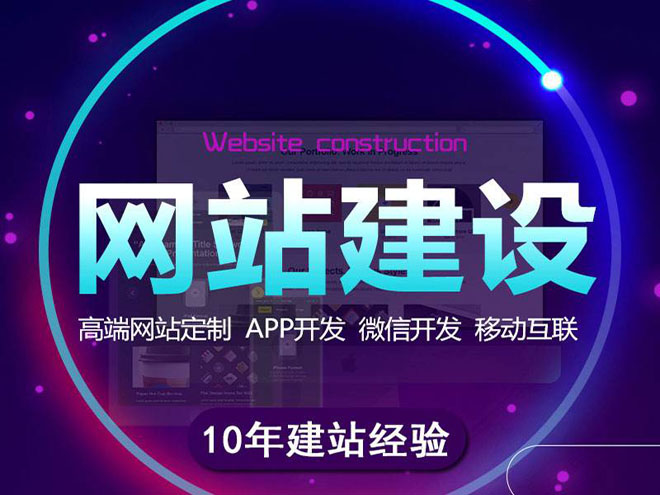Angular2学习教程之组件中的DOM操作详解
前言

创新互联长期为上1000+客户提供的网站建设服务,团队从业经验10年,关注不同地域、不同群体,并针对不同对象提供差异化的产品和服务;打造开放共赢平台,与合作伙伴共同营造健康的互联网生态环境。为梅州企业提供专业的做网站、成都网站制作,梅州网站改版等技术服务。拥有10年丰富建站经验和众多成功案例,为您定制开发。
有时不得不面对一些需要在组件中直接操作DOM的情况,如我们的组件中存在大量的CheckBox,我们想获取到被选中的CheckBox,然而这些CheckBox是通过循环产生的,我们无法给每一个CheckBox指定一个ID,这个时候可以通过操作DOM来实现。angular API中包含有viewChild,contentChild等修饰符,这些修饰符可以返回模板中的DOM元素。
指令中的DOM操作
@Directive({
selector: 'p'
})
export class TodoDirective{
constructor(el: ElementRef, renderer: Renderer){
renderer.setElementStyle(el.nativeElement, 'backgroundColor', 'red');
}
}以上声明了一个指令,使用是需要在module中的declarations中声明。该指令的作用是将p元素的backgroundColor设置为red。
-ElementRef是一个允许直接获取DOM元素的一个类,该类包含一个nativeElement属性。当不允许直接操作原生DOM元素时,该属性值为null。
-Renderer该类包含大量可以用来操作DOM原生的方法。
@ViewChild和@ViewChildren
每一个组件都有一个视图模板,通过 template或templateUrl引入。想要获取视图模板中的DOM元素则可以使用@ViewChild和@ViewChildren修饰符。他们可以接受模板变量或元素标签或模板类名来获取DOM节点。@ViewChild返回ElementRef类引用(获取组件时则直接使用组件类名),而@ViewChildren返回QueryList<ElementRef> 。
//模板内容
<p *ngFor='let item of todos' #name>{{ item.name }}</p>
//组件中获取DOM
@ViewChildren('name')
todoNames: QueryList<ElementRef>;
@ViewChild('name')
todoName: ElementRef;
ngAfterViewInit(){
this.todoNames.forEach(e=>console.log(e.nativeElement.innerText));
console.log(this.todoName.nativeElement.innerText);
}@ViewChild('name')和@ViewChildren('name')通过name模板变量获取p标签DOM节点,可以在ngAfterViewInit声明周期钩子中获取节点信息,当然也可以在其他函数中,只要保证视图完成初始化即可。
QueryList是一个不可变的列表,其存在一个名为changes的Observable变量,因此可以被订阅,结合notifyOnChanges方法,可以实时查看QueryList中变量的变化。调用notifyOnChanges函数后,当组件的输入发生变化时会触发Observable发出新的值,这样当todoNames: QueryList<ElementRef>有更新时,便能通过下面代码查看到变化:
this.todoNames.changes.subscribe(data => data._results.forEach( e=>console.log(e.nativeElement.innerText))); this.todoNames.notifyOnChanges();
@ContentChild和@ContentChildren
看着与@ViewChild和@ViewChildren很相似,但@ContentChild和@ContentChildren是获取组件标签中的内容的,懒得写例子,这里直接贴上angular中文官网的一个例子:
import {Component, ContentChildren, Directive, Input, QueryList} from '@angular/core';
@Directive({selector: 'pane'})
export class Pane {
@Input() id: string;
}
@Component({
selector: 'tab',
template: `
<div>panes: {{serializedPanes}}</div>
`
})
export class Tab {
@ContentChildren(Pane) panes: QueryList<Pane>;
get serializedPanes(): string { return this.panes ? this.panes.map(p => p.id).join(', ') : ''; }
}
@Component({
selector: 'example-app',
template: `
<tab>
<pane id="1"></pane>
<pane id="2"></pane>
<pane id="3" *ngIf="shouldShow"></pane>
</tab>
<button (click)="show()">Show 3</button>
`,
})
export class ContentChildrenComp {
shouldShow = false;
show() { this.shouldShow = true; }
}可以看出@ContentChildren(Pane) panes: QueryList<Pane>;获取的是组件Tab中的内容:
<tab> <pane id="1"></pane> <pane id="2"></pane> <pane id="3" *ngIf="shouldShow"></pane> </tab>
与@ViewChild类似@ContentChild获取的是第一个Pane指令,获取DOM元素后,可以采用类似的方式处理。
总结
以上就是这篇文章的全部内容了,希望本文的内容对大家的学习或者工作能带来一定的帮助,如果有疑问大家可以留言交流,谢谢大家创新互联的支持。
分享文章:Angular2学习教程之组件中的DOM操作详解
文章路径:https://www.cdcxhl.com/article14/jdcgge.html
成都网站建设公司_创新互联,为您提供Google、移动网站建设、商城网站、网站收录、网站制作、微信公众号
声明:本网站发布的内容(图片、视频和文字)以用户投稿、用户转载内容为主,如果涉及侵权请尽快告知,我们将会在第一时间删除。文章观点不代表本网站立场,如需处理请联系客服。电话:028-86922220;邮箱:631063699@qq.com。内容未经允许不得转载,或转载时需注明来源: 创新互联

- 上海服务器托管哪家性价比好 2021-03-13
- 杭州服务器托管公司有哪些? 2021-03-17
- 什么是服务器托管?为何选择服务器托管? 2022-10-06
- 服务器托管比自建机房有哪些优势? 2022-10-06
- 服务器之家浅谈高防秒解服务器托管要多少钱? 2022-10-04
- 关于网站服务器托管需要注意问题 2016-11-07
- 服务器托管带宽选择有什么依据? 2022-10-08
- 服务器托管时需做好数据备份 2022-10-03
- 服务器托管与虚拟主机租用有什么区别? 2022-06-19
- 香港服务器托管的几个优势及注意事项 2022-10-08
- 服务器托管如何选择好的机房? 2022-10-07
- Windows服务器解决“远程桌面连接:出现身份验证错误,要求的函数不受支持 2023-05-04